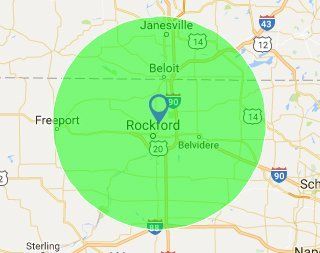Common Diseases
Anytime the same plants grow together, problems with disease can start and begin to spread before you even notice it's occurring. Disease, in particular, can be a real challenge for lawns due to them being made of hundreds of thousands of the same type of grass plants. Even when your lawn is getting excellent care, the grass can still become infected with a variety of lawn diseases that can lead to dead or discolored areas. Disease spores may float by in the air or hide in the soil, and once the conditions are right, they multiply.
That’s why it’s a good idea to protect your lawn, or fight back if disease has already taken hold.

Dollar Spot
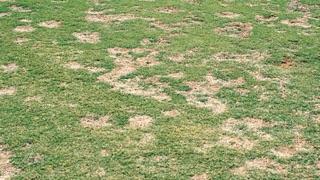
Summer Patch
Summer patch usually appears between the months of June and September. During periods of high humidity when daytime temperatures are over 85 degrees, summer patch can appear. It will show up in the form of irregular brown patches, rings, and crescent shapes in your lawn. While the disease may still be present during times of cooler weather, the symptoms won't be as visible.
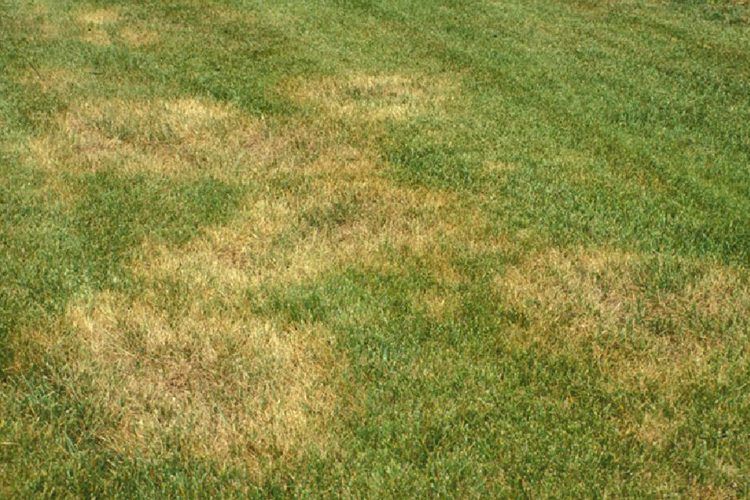
Brown Spot
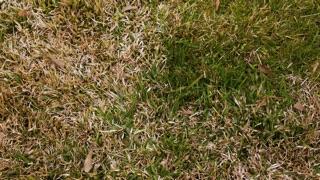
Snow Mold
There are two types of snow mold: pink snow mold and gray snow mold. While snow mold usually grows under snow cover, pink snow mold can also grow during cool, wet weather even when there is no snow on the grass. It appears as grayish-white or whitish-pink patches of crusty, matted grass, and is most noticeable in early spring when the snow begins to disappear. As the snow melts, straw-colored circular patches ranging anyway from a few inches to several feet appear across the lawn. The grass in these patches are usually matted down and crusty. Pink snow mold can be more severe than gray snow mold, as it will kill the crown and roots of grass plants. Gray snow mold usually only affects the grass blade itself.
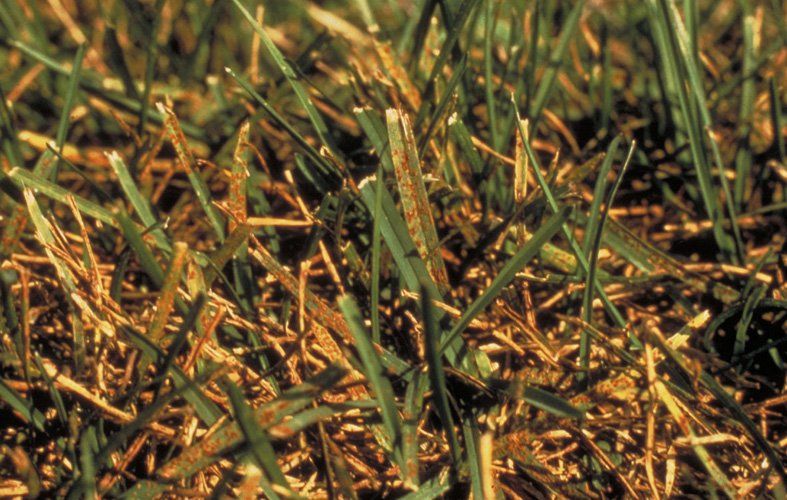
Rust Disease
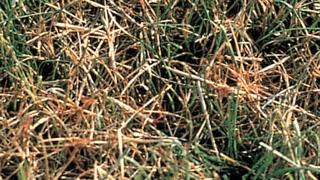
Read Thread
Red thread thrives in cool, humid conditions and shows up most frequently in lawns grown in nutrient-poor soils. You’ll know you have it if you see thin, red hairs or strands extending from the grass blades. Red thread can survive for years if left untreated.
If you see any signs of what could be disease in your lawn, contact us to see what we can do to get your grass back to health!

